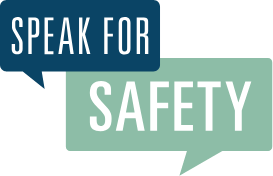In many high-profile shootings, family members of the shooters saw their loved ones engage in dangerous behaviors and grew concerned about their risk of harming themselves or others– even before any violence occurred. In fact, it is common for family to be the first to know when loved ones are in crisis in many incidents of interpersonal violence and suicide that take place across this country every day. The Gun Violence Restraining Order (GVRO) offers family members, household members, law enforcement, certain teachers, school employees, co-workers, and employers a tool for temporarily preventing access to firearms by these loved ones in crisis.
A GVRO is a civil court order, signed by a judge, that temporarily prohibits someone (the “subject”) who is at risk of hurting themselves or others from possessing or purchasing any guns or ammunition.
By intervening to temporarily remove guns and ammunition already possessed and prohibit new gun and ammunition purchases, the GVRO creates safer circumstances for the individual to seek treatment (e.g., for substance abuse, mental disorders) or engage other resources to address the underlying causes of the dangerous behaviors. The GVRO is based on the long-standing infrastructure and procedure of domestic violence laws (in place in all 50 states) and involves a court hearing and clearly defined due process protections. Individuals have been able to apply for GVROs in California since January 1, 2016. Since then, over a dozen other states have adopted laws similar to the GVRO, some of which are known as “extreme risk laws” or “risk protection order laws”. These laws are often referred to in the media as “red flag laws,” however we do not endorse the use of that term as it may be interpreted as stigmatizing towards people with mental health disabilities (see “Why not use the term Red Flag Law”).
